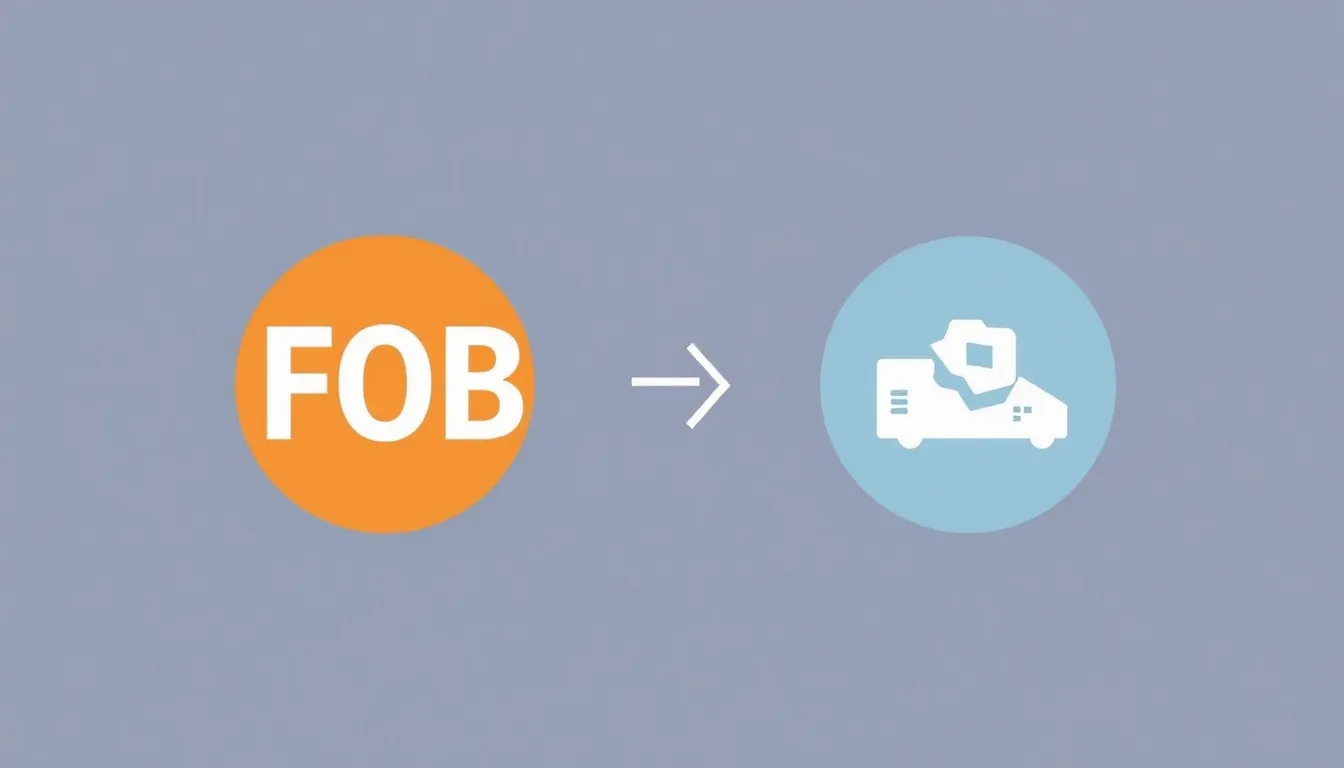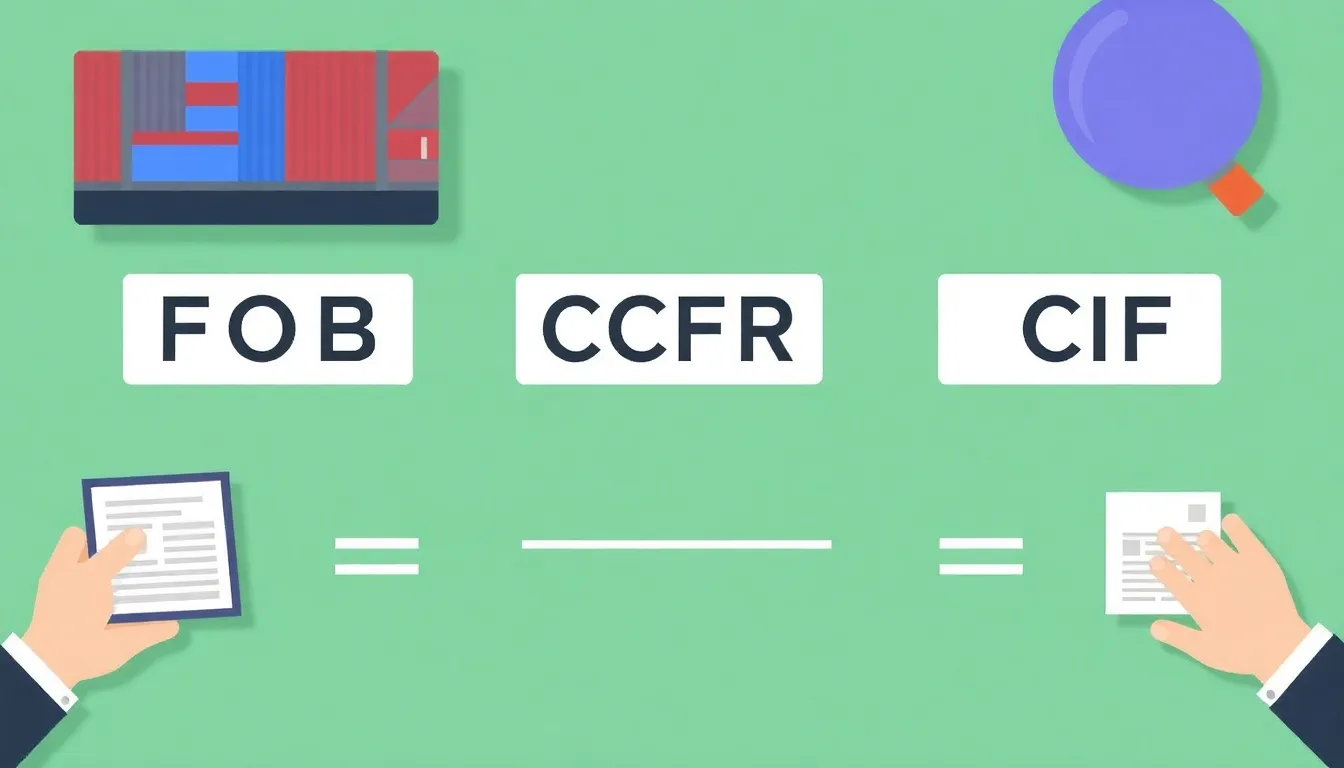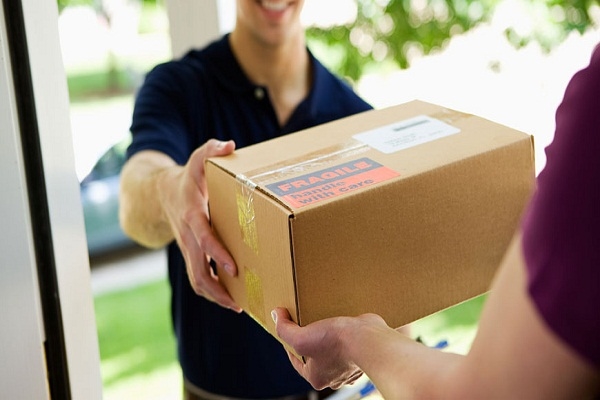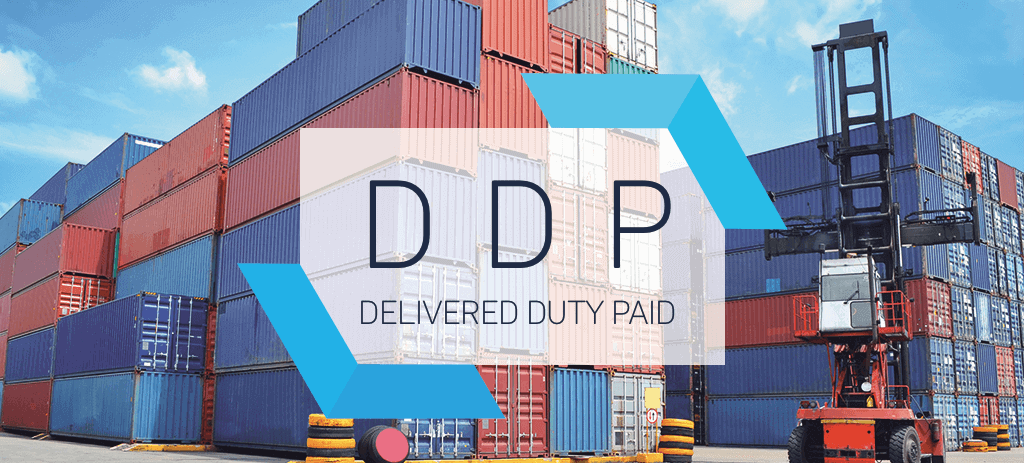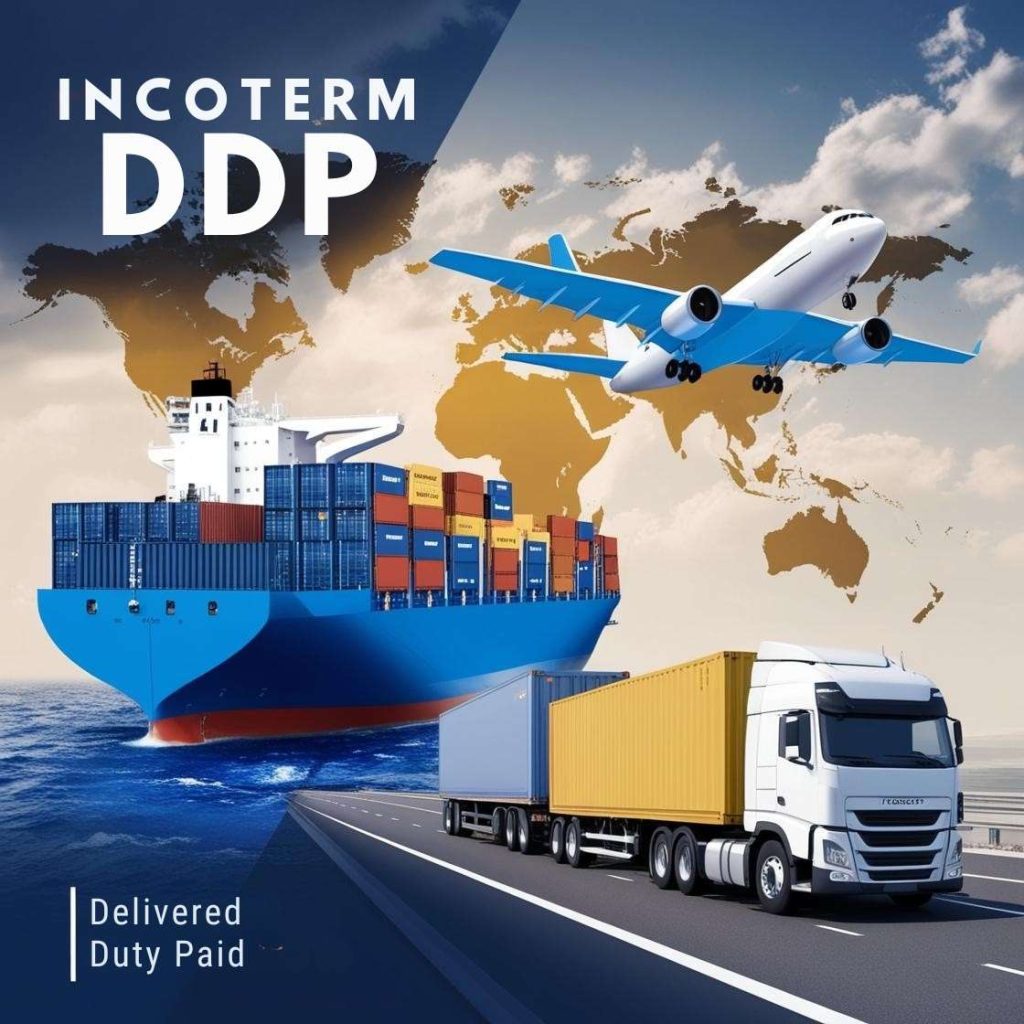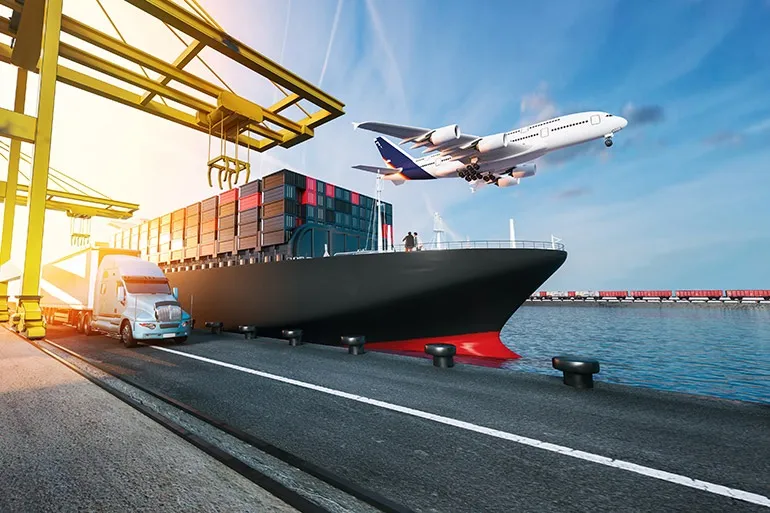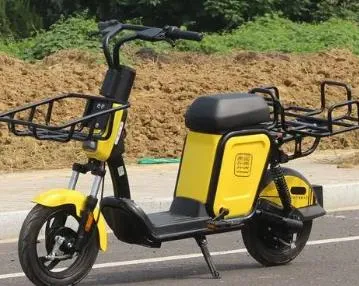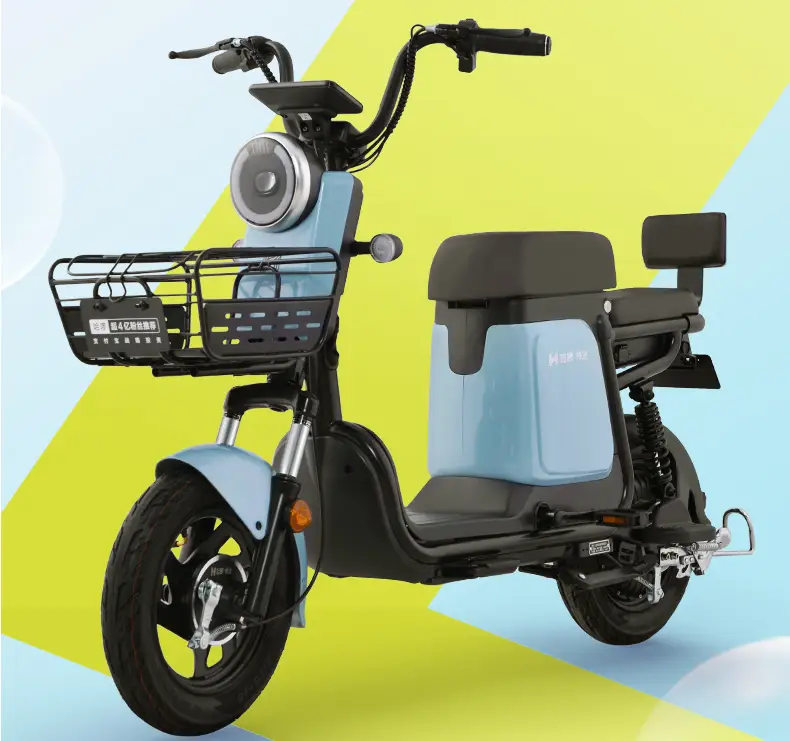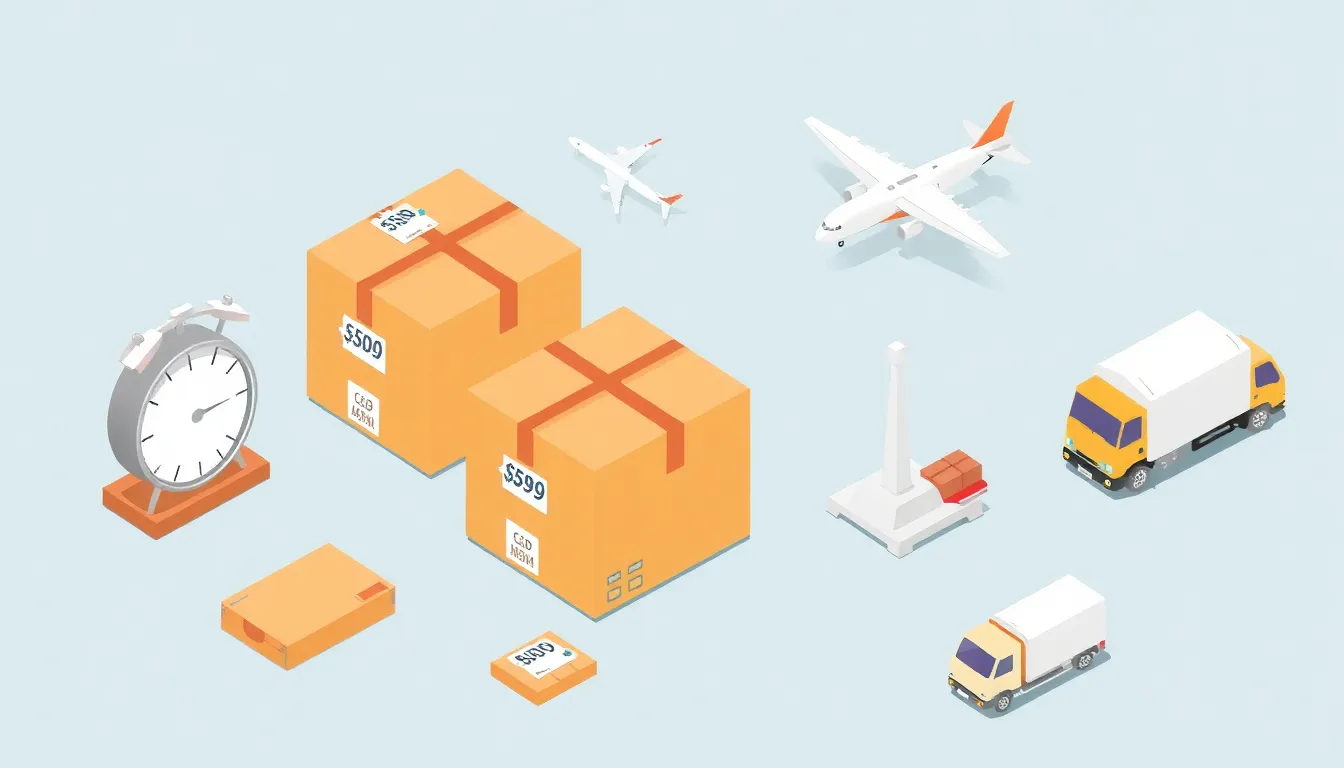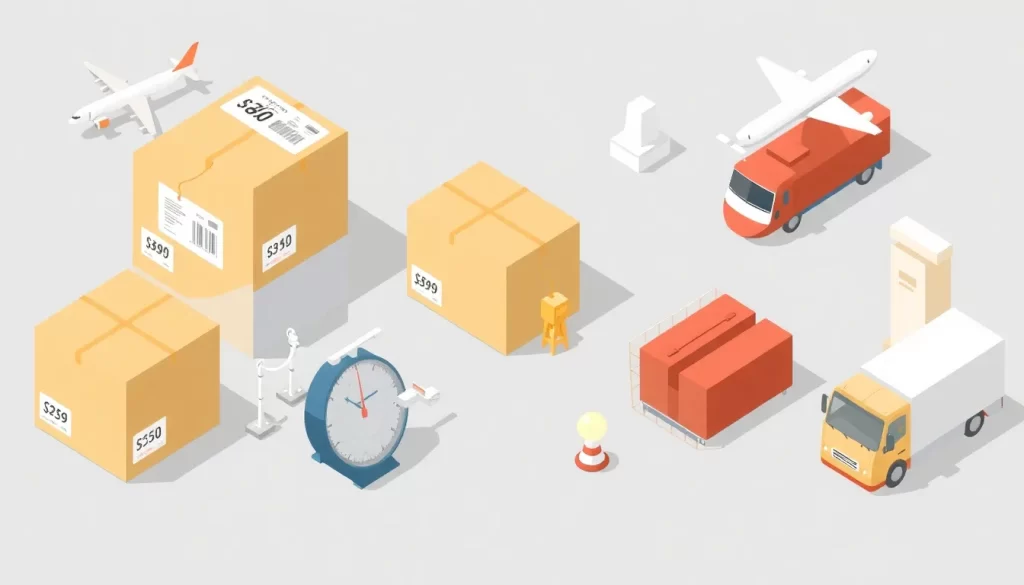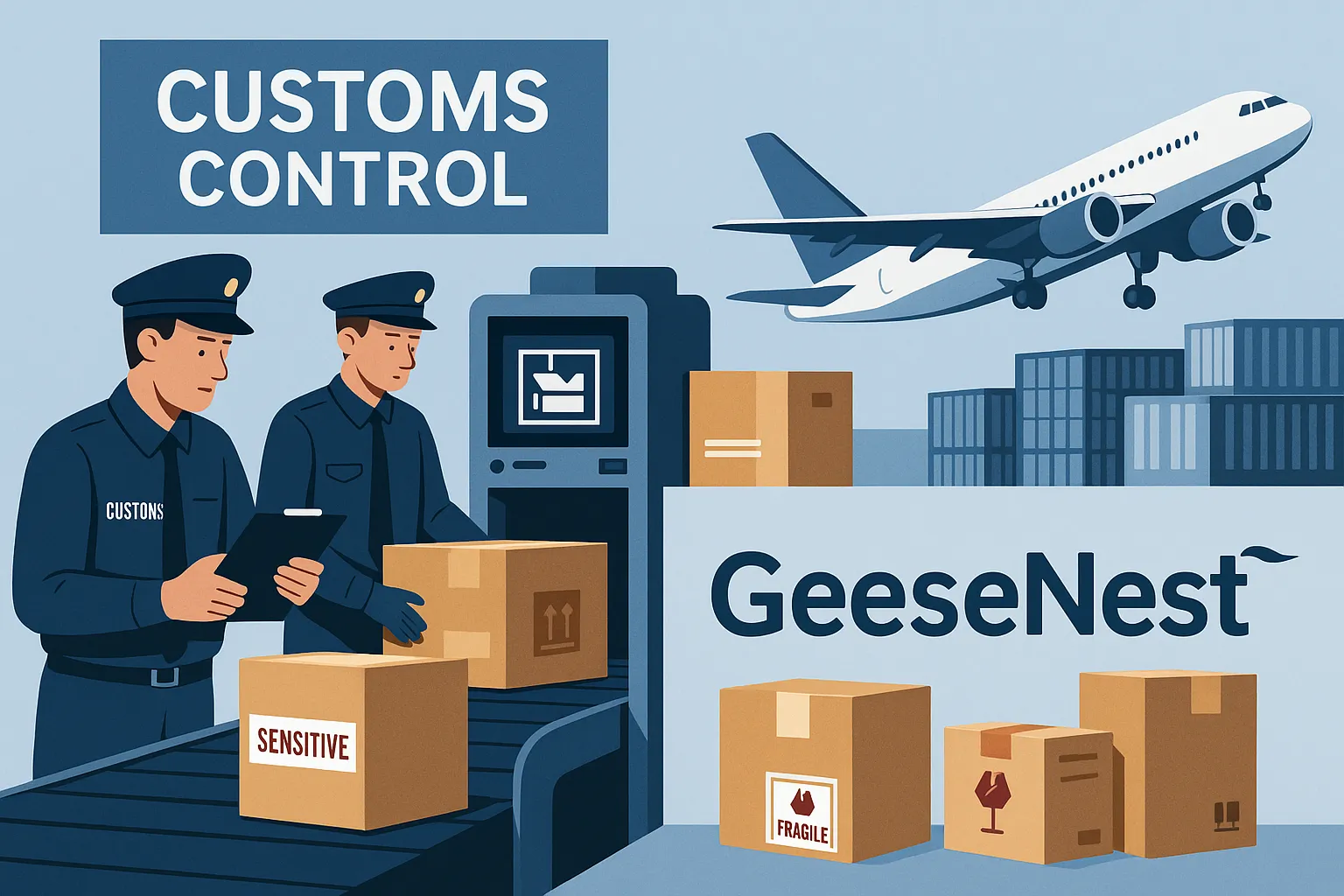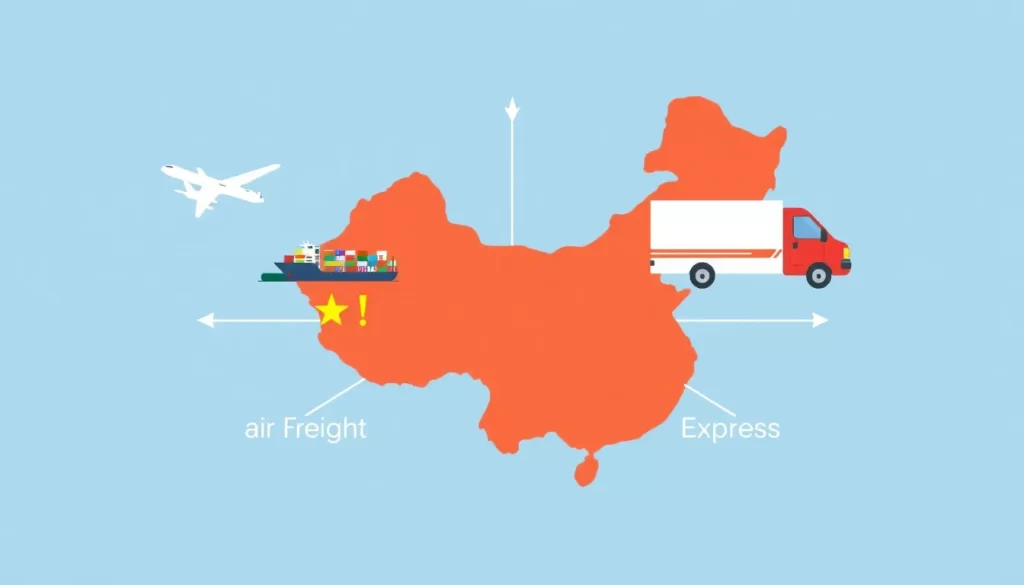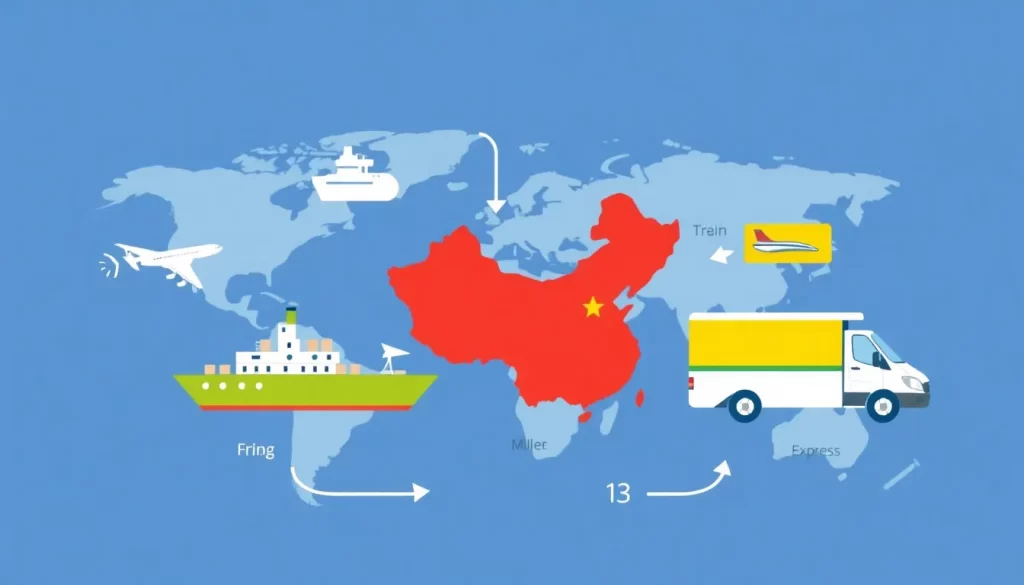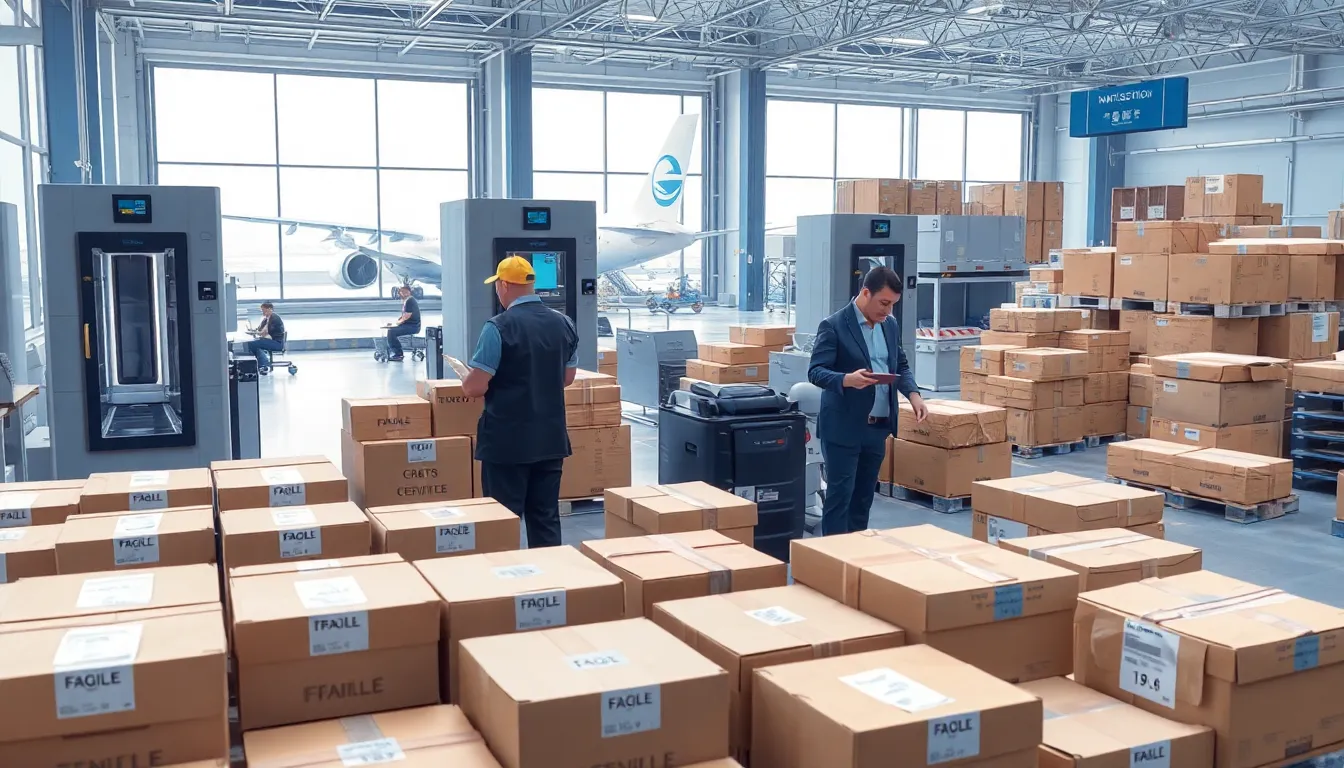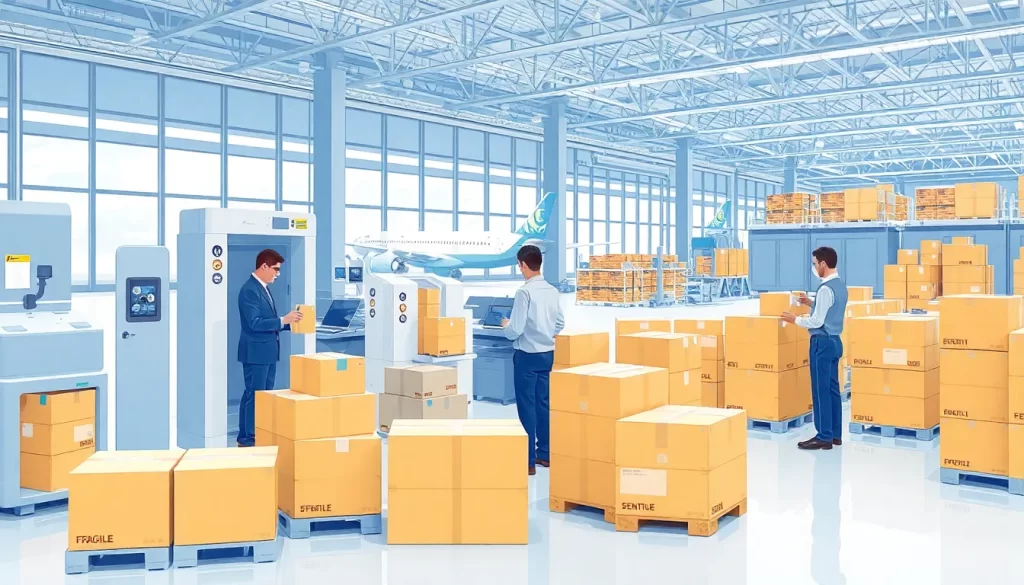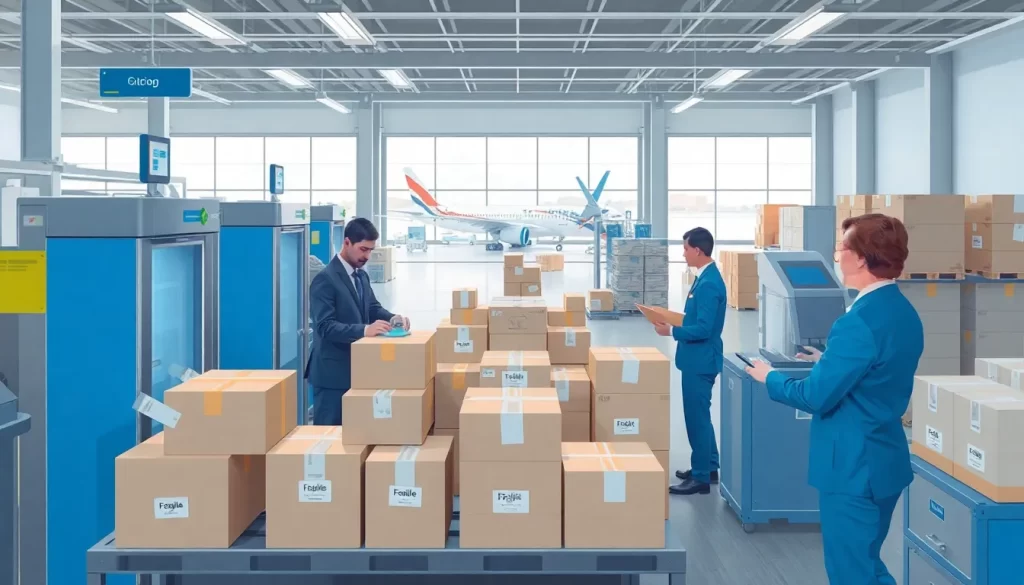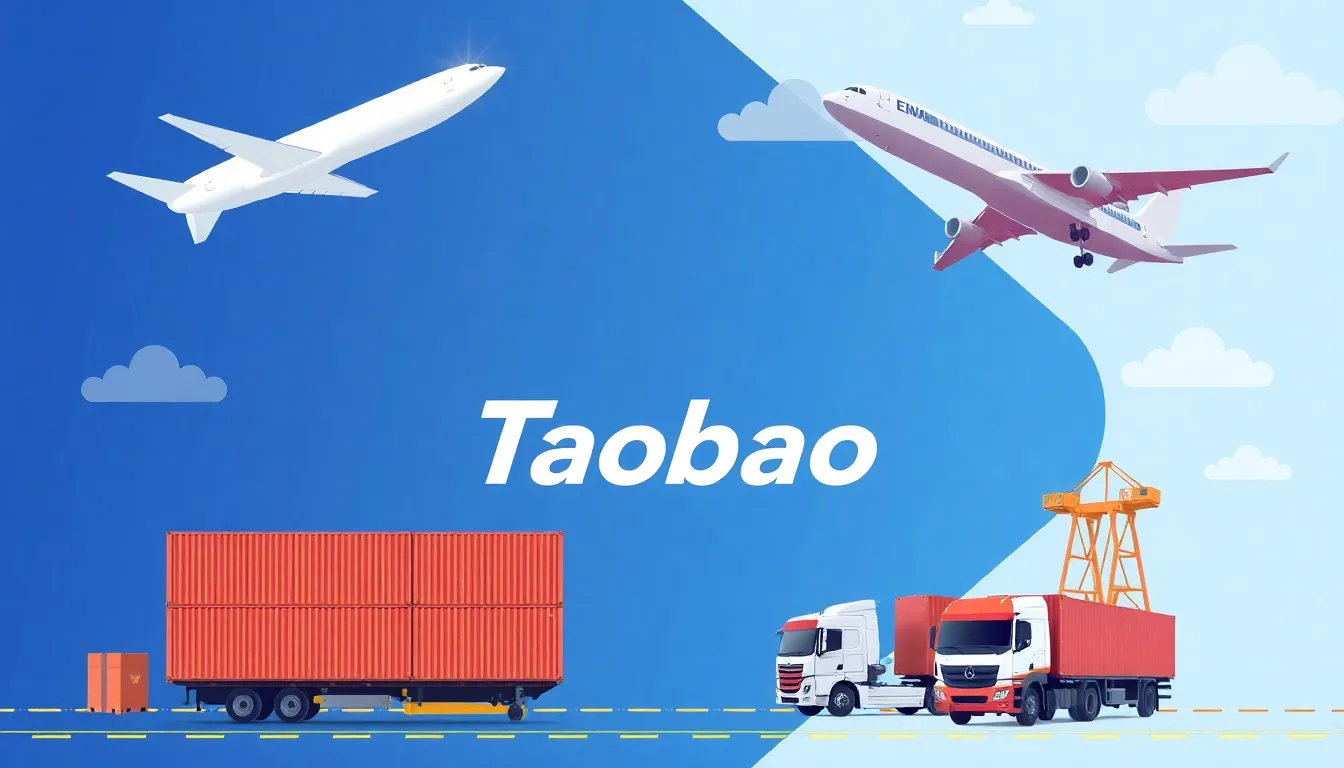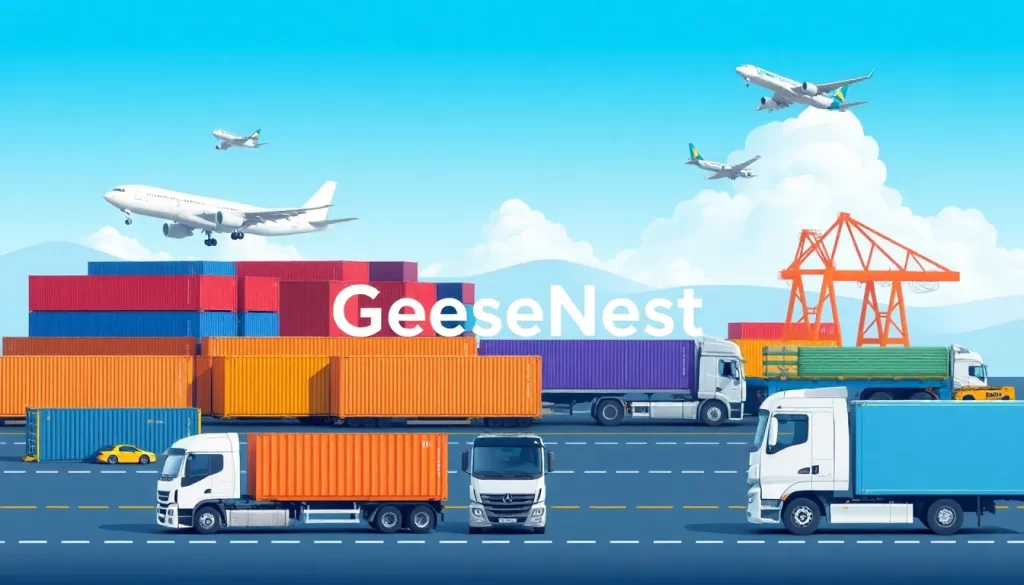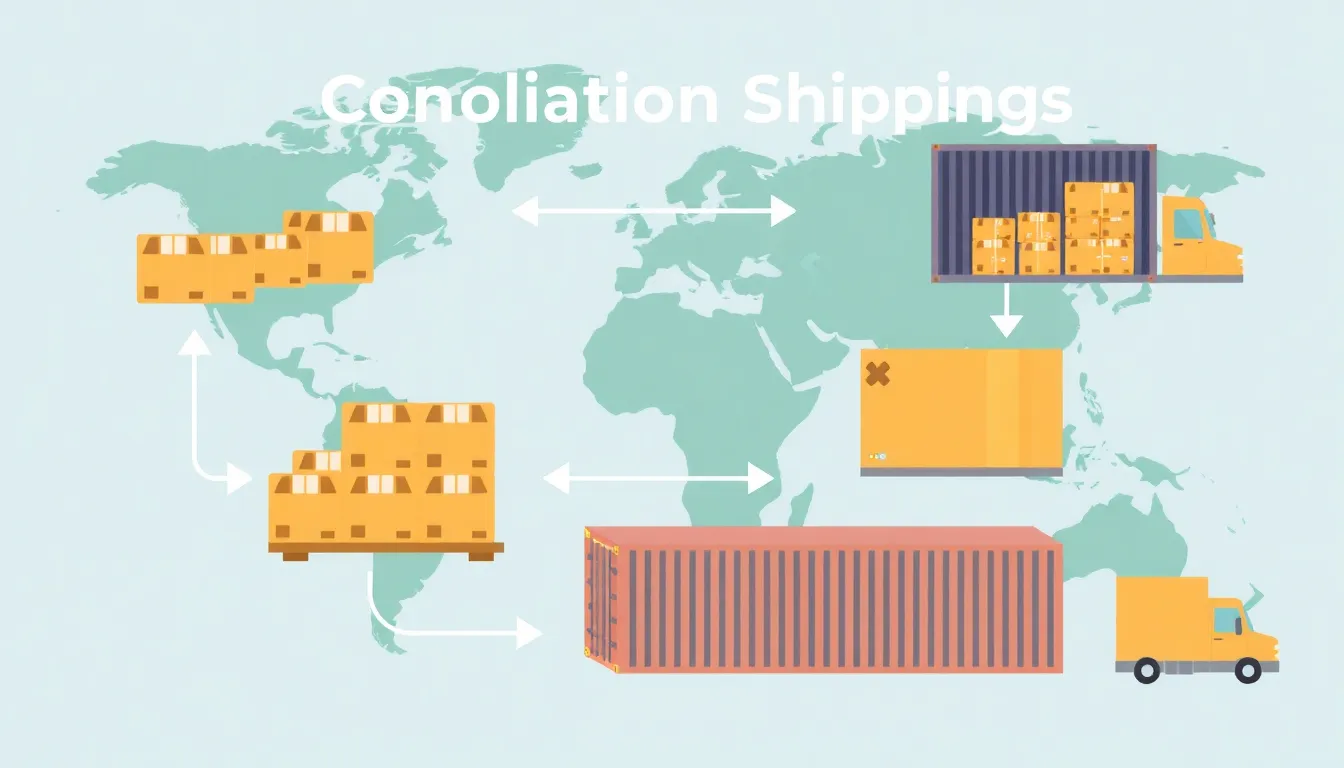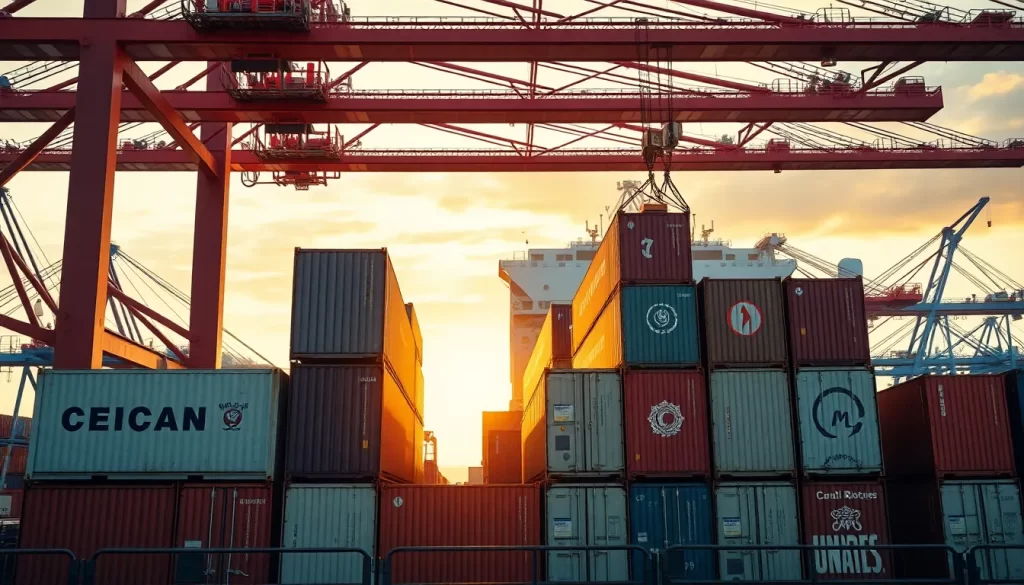FOB Price Meaning and Cost Breakdown
What Is FOB (Free On Board) in International Trade?
FOB, short for Free On Board, is one of the most commonly used Incoterms in global trade. Under FOB terms, the seller is responsible for delivering the goods to the port of shipment and loading them onto the buyer’s designated vessel. Once the goods pass the ship’s rail at the loading port, all risks, shipping costs, and insurance responsibilities transfer to the buyer.
The FOB price does not include international freight or insurance—it reflects only the seller’s cost of delivering the goods up to the vessel at the port of origin.
2. Seller’s Responsibilities Under FOB Terms
When using FOB shipping terms, the seller must:
- Arrange and cover domestic transport to the port of loading;
- Clear export customs formalities;
- Load the goods onto the buyer’s nominated vessel;
- Notify the buyer with shipping details in time.
The risk transfers to the buyer once the goods are loaded on board at the port of shipment.
3. FOB Shipping Cost Breakdown
A frequent issue in FOB shipping is the miscalculation of costs, especially overlooking local port charges.
A complete FOB shipping cost breakdown should include:
FOB Price = Domestic Transportation Fee + Local Port Charges + Product Cost
Some exporters mistakenly treat FOB as if it were EXW (Ex Works) pricing and omit local port fees from their quote. This can significantly reduce profit margins—sometimes by the exact amount that would’ve been the seller’s expected profit.
4. Risks of Buyer-Designated Freight Forwarders
Under FOB terms, the buyer must nominate a freight forwarder, which can create pricing and logistics challenges for the seller.
In many cases, buyer-nominated forwarders charge higher fees than the seller’s own shipping partners. If the seller is unaware of these fees when providing the quote, this can result in unexpected cost overruns and lost profits.
To prevent this, sellers should:
- Ask for the buyer’s freight forwarder contact details immediately after confirming FOB terms;
- Request a breakdown of port charges for that specific shipment;
- Factor this information into their final pricing quote.
5. CIF Is Not Truly “Delivered at Destination”
Many traders wrongly refer to CIF (Cost, Insurance and Freight) as a “landed price” or “delivered price”, but this is incorrect.
The real “delivered at destination” term under Incoterms is DES (Delivered Ex Ship). Under DES, the seller bears all transportation risks and costs until the goods arrive on the vessel at the destination port. However, under CIF, the seller’s responsibility ends once the goods are loaded at the port of origin.
Example:
If a vessel sinks after leaving the loading port under CIF terms, the buyer bears the risk and must claim insurance. The seller has no liability because the goods were successfully loaded. This proves that CIF does not mean the seller guarantees safe delivery to the destination port—only that insurance coverage is included.
6. How to Prevent FOB Shipping Losses and Fraud
A common concern under FOB is the risk of “release without original bill of lading” (i.e., unauthorized cargo release by the buyer’s freight forwarder).
To prevent such risks:
- Secure the original bill of lading (OBL) and only release it upon payment;
- Use secure payment methods like Letter of Credit (L/C) or Documents Against Payment (D/P);
- Establish trust only with verified freight forwarders and always verify fees in advance.
GET IN TOUCH
